Life modelling I
We deal with measurement and proportion of the human body. Our own observations of the basic proportions give us security when building up clay sketches and make it easier to work in front of a life model.
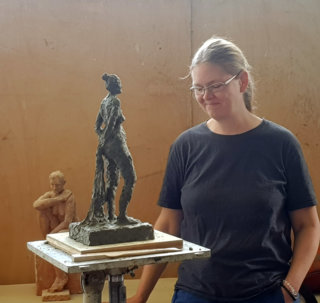
We deal with measurement and proportion of the human body. Our own observations of the basic proportions give us security when building up clay sketches and make it easier to work in front of a life model.
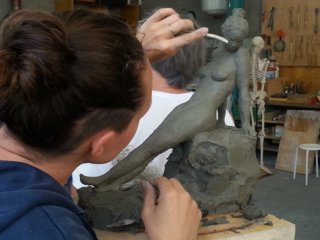
In this course we will dive into the universe of figurative design. We look at man himself and also how man has represented himself across the ages. We are also considering from a present viewpoint where the added value of a creative implementation could lie, where we could simply scan the model, the human, and print it out in 3D.

This one-week course offers the possibility of modeling a figure from a live model and to subsequently cast it in plaster. Thus two learning themes are combined: firstly, the figurative design focussing on the anatomy and secondly the casting technique of the ‘lost form’ in plaster. This week’s course is aimed at course participants who are experienced as well as inexperienced in the field of figurative design.

Sculpture and dance are closely related. Both awaken body awareness and are a presence in space.
A dance creates rhythm through movement and is transient. A sculpture condenses visual rhythms into a permanent spatial architecture. Postures and gestures tell stories; volumes and proportions clarify characters. When modelling a figure, we express a physicality, articulate a concept of style and formulate a world of ideas.
Observations of nature, plants, animals or human bodies are the starting point for the modelling studies.
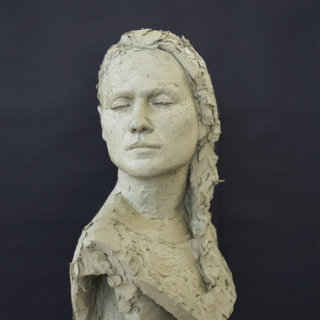
This course offers the opportunity for a close study of the head, with a number of models at your disposal. On the first day we will devote some time to the study of postures and proportions, and to the technical preparations of the armature (supporting structure). The aim is to produce a life-like portrait study.
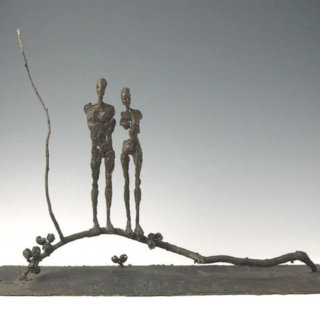
The technique of wax modeling is very fresh and immediate, the material is easy to work with. During the course you will get to know the many possibilities of this technique and various tricks. The topic of one's own work is chosen freely and the course tutor will give you individual creative and technical guidance.
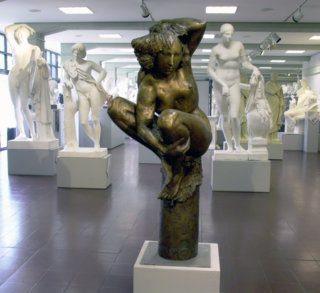
The best way to understand the human anatomy is to empathise with it. Existing sculptures in the studio and our own observations of the body serve as illustrative material. Each participant first learns the technique using small sculptures and also has the opportunity to create a large human figure in a hollow construction. Standing, sitting or lying figures will be created that have the human body and its gravity as their subject. Mythological themes can also play a role. The experience and skills acquired help us to organise the work more freely as the course progresses.
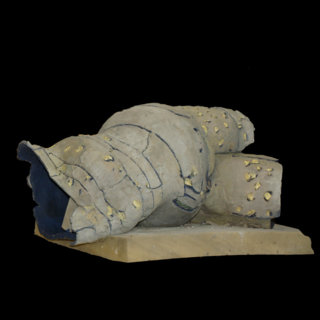
Starting with the idea of an intended posture and its associated body shape we will build a hollow figure (approx. 1 metre in height) with the possibility of firing it. The work material is rough-textured clay.
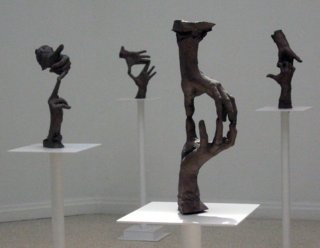
Aim of the course:
Even important works of art history often surprise us with their elaboration of the extremities (hands, feet) that are not equal to the overall sculpture. Therefore, this course deliberately focuses on these “neglected” body parts, starting with the hands. Since three-dimensional representations of the body gain in persuasiveness when they are depicted from internal perception and are not limited to viewing from the outside, we gradually approach their three-dimensional image through the conscious and playful experience of our own hands. Various forms of artistic expression are tried out, based on the anatomically correct image and leading to a unique artistic three-dimensional design. The aim is to experience and implement the theme “Hand" in a sensitive, anatomically correct and increasingly artistic manner. At the same time we offer inputs from anatomy, art history, various techniques and different materials. We expect that at least one individual piece of work will be created.
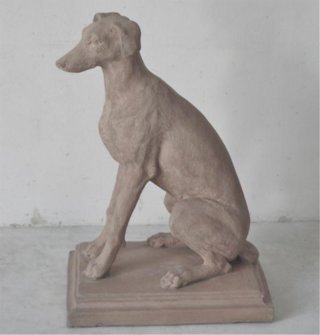
Each animal moves differently (the rabbit hops, the elephant stomps, the swallow sails). Its body language forms its body (the springy leg of the rabbit, the flat foot of the elephant, the streamlined body of the dolphin). Movement without a body is beyond imagination. We cannot imagine a body that does not move as being alive. Each living creature expresses itself through its movements. The visualisation of the various movement patterns opens up countless possibilities for giving expression and liveliness to the animal models.

Constructing a hollow portrait sculpture with white clay and adding colour to it, that is fascinating!
The tradition of plastic portraits in bronze, plaster, wax and terracotta is very old. Again and again artists have longed for colour versions, to make the portraits look even more lifelike.
In order for this website to function properly and to improve your experience, we use cookies. For more information, see our cookie policy.
Necessary cookies enable the core functionality. The website cannot function properly without these cookies and can only be deactivated by changing your browser settings.